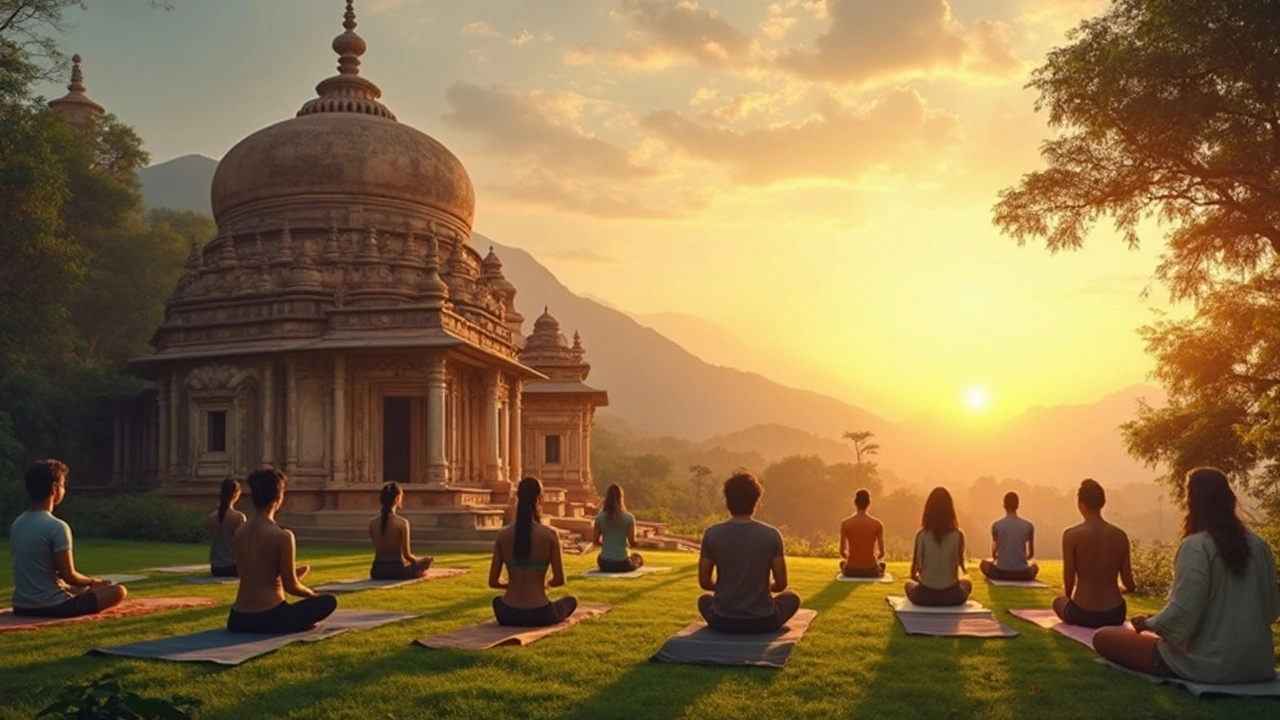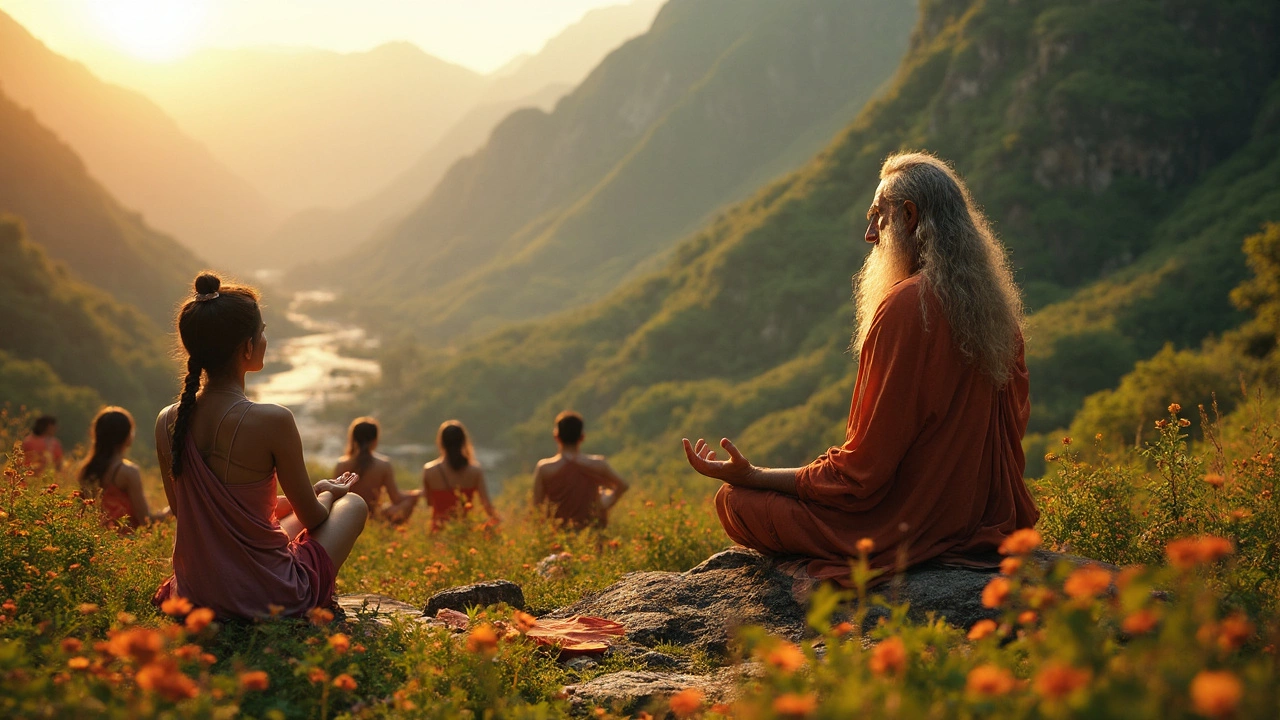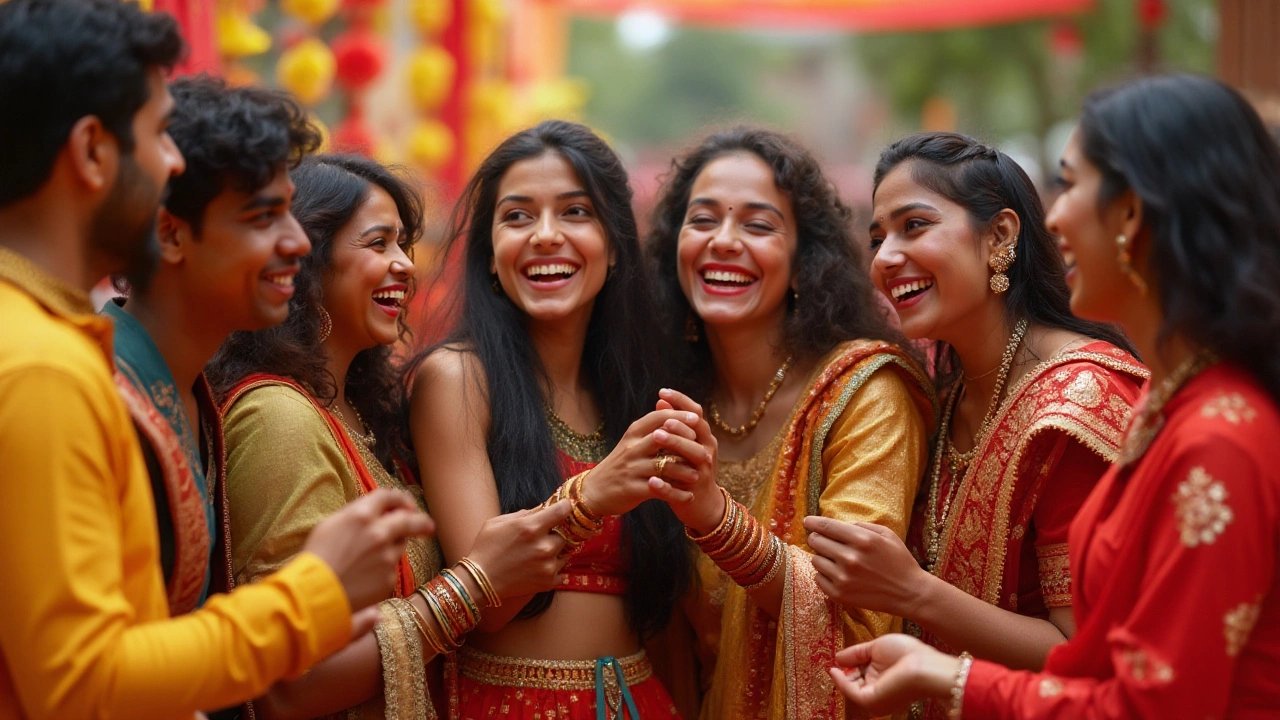Culture: Indian Traditions, Quotes, Poetry & More
When we talk about culture, the shared customs, beliefs, and expressions that shape a community, we’re looking at a living tapestry that stitches together everything from everyday greetings to timeless poetry. In the Indian context, Indian culture, a blend of regional traditions, languages, and festivals adds layers of color to that tapestry. For example, Punjabi greetings, the friendly “Sat Sri Akal” and festive wishes for Lohri or Baisakhi illustrate how language carries respect and celebration. Likewise, the national motto Satyameva Jayate, “Truth alone triumphs,” a Sanskrit phrase on the state emblem reflects a core value that permeates public life. And when you read Indian poetry, the verses that range from ancient epics to modern verses, you hear the heartbeat of the nation in rhyme.
Key Elements of Indian Culture
Everyday conversation in India is peppered with specific salutations that signal respect, warmth, or celebration. Saying “Namaste” to a stranger, swapping a quick “Sat Sri Akal” in Punjab, or texting “Happy Diwali!” – each tweak carries cultural weight. These greetings aren’t just words; they’re tiny packets of history that teach newcomers the rhythm of social interaction. Understanding them helps you blend in faster, whether you’re at a family dinner or a corporate meeting.
Festivals act as the calendar’s bright spots, turning ordinary weeks into vibrant showcases of art, food, and music. Take Lohri, Baisakhi, or the grand Diwali fireworks: each event showcases unique rituals, regional costumes, and communal feasting. When you attend a Punjabi Baisakhi dance, you’re not just watching steps—you’re witnessing centuries‑old agricultural gratitude expressed through movement. This link between celebration and cultural identity is why festivals remain a cornerstone of Indian life.
Quotes and mottos act like cultural signposts, guiding behavior and reminding people of shared values. The phrase “Satyameva Jayate” appears on money, government seals, and school walls, constantly reinforcing the belief in truth. Similarly, popular motivational quotes—whether drawn from the Bhagavad Gita or modern influencers—serve as quick reminders of perseverance. They bridge ancient philosophy with today’s hustle, showing how cultural wisdom adapts to new challenges.
Poetry, from the rhythmic verses of Valmiki’s Ramayana to contemporary Instagram shayari, captures the soul of the nation in lines. When a poet writes about monsoon rains or the ache of longing, the words echo the shared experiences of millions. Reading a short Hindi couplet or a Punjabi folk ballad can instantly transport you to a bustling market or a quiet village, illustrating how poetry reflects cultural heritage.
Language matters beyond poetry and greetings. The way we refer to people matters, too. Recent discussions around respectful terminology—like preferring “Indian” over outdated or ambiguous labels—show how language evolves with social awareness. Choosing the right words signals respect and helps build inclusive spaces, whether you’re drafting a professional email or chatting on social media.
Celebrations like birthdays weave personal joy into the larger cultural fabric. In India, a birthday isn’t just cake and candles; it can involve specific blessings, traditional sweets, and sometimes even a short prayer for health. Crafting the perfect birthday wish often mixes heartfelt sentiment with cultural nuances—like mentioning “long life” (अभीष्ट) or referencing a favorite festival memory.
All these strands—greetings, festivals, mottos, poetry, respectful language, and celebrations—interlock to form a vibrant picture of Indian culture. Below you’ll find a curated set of articles that dive deeper into each of these aspects, offering practical tips, historical context, and fresh perspectives to help you experience culture in a richer, more informed way.

Is India the World's Spiritual Heartland?
When it comes to spirituality, India often springs to mind as a country deeply embedded in spiritual practices and beliefs. Rich in diverse philosophies, its spiritual landscape is vast and complex. From ancient practices like yoga and meditation to profound spiritual figures and quotes, India's influence is felt worldwide. But what makes India so spiritually resonant, and why do its spiritual traditions continue to draw global seekers?
Read more
Why is India Known for Spirituality?
India is often associated with spirituality, drawing people from around the world who seek meaning and enlightenment. The country's deep spiritual roots can be traced back to ancient texts, diverse religious traditions, and a unique approach to life that focuses on inner peace and self-discovery. Many spiritual leaders and ashrams contribute to this reputation, offering teachings and practices to help connect individuals with their true selves. Whether it's the vibrant festivals or the serenity of meditation, India's spiritual fabric offers countless paths to explore.
Read more
Understanding India: A Journey Through Culture and Friendship
India, a land of immense diversity and rich cultural heritage, offers a tapestry of experiences that leaves a lasting impression on those who visit. This article delves into the essence of India by exploring the warmth of its friendships, the vibrancy of its traditions, and the unity in its diversity. We'll explore how friendships are celebrated and cherished in India, uncover fascinating facts about its cultural depth, and discover the quotes that reflect the soul of Indian bonds. Dive into the spirit of India that beckons with open arms and colorful stories.
Read more